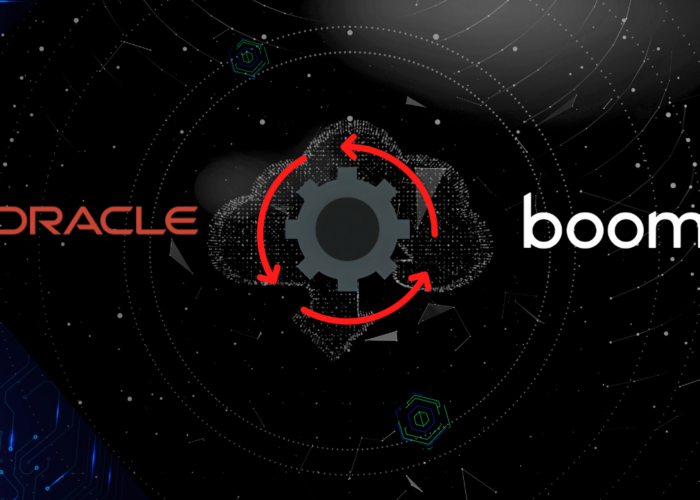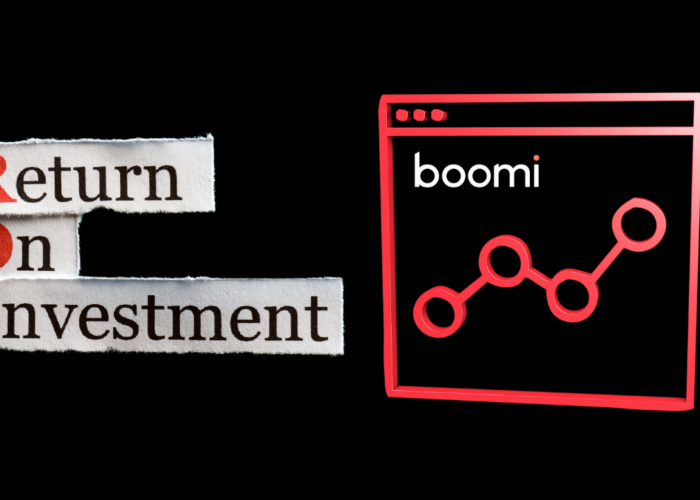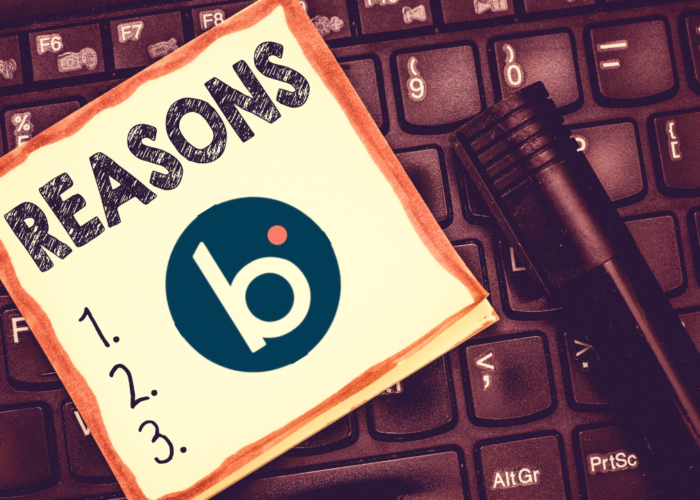Choosing the right integration platform is a pivotal decision for Salesforce integration. In this article, we will thoroughly examine Boomi vs Mulesoft for Salesforce integration, two widely-used solutions providing distinct approaches to the implementation of the renowned CRM software. Our aim is to provide a straightforward analysis of the two platforms, assisting you in choosing the most suitable one based on their merits and drawbacks in different categories.
Boomi vs Mulesoft for Salesforce integration: How do they compare?
When we explore Boomi vs Mulesoft for Salesforce integration, Boomi emerges as the clear winner for a few reasons, out of which we’ve explored three key ones down below:
Cloud-native beginnings
Born in the cloud, Boomi is first to embrace the latest technological advancements while still preserving its accessibility. It’s an ideal choice for organisations of varied sizes and technical capabilities. While Mulesoft is also based in cloud technology, it tends to cater to a more technically inclined developer profile. Therefore, its usage is more specialised and less adaptable than Boomi.
User-friendliness
Compared to Mulesoft, Boomi takes the lead in user-friendliness, ensuring that integration becomes an intuitive and inclusive process. Due to its technical inclination, Mulesoft is not particularly suitable for broader scopes like Boomi. Boomi’s user-friendliness also brings an additional agility to Salesforce integration.
Scalability
Boomi’s cloud-native architecture is inherently designed for scalability. As a business grows, this platform allows them to seamlessly scale their integration solutions. During a Salesforce integration, Boomi’s flexibility and elasticity will ensure that it can handle increased data volumes and user loads. Mulesoft, while similarly cloud-based, may require more planning and customisation to achieve the same level of scalability due to its configurations being more technically complex and tailored towards larger enterprises.
Connectivity
While MuleSoft’s connector library is large, providing over 200 connectors to a host of systems, Boomi’s connectors stand out for being much more cost-effective for better quality and efficiency. Paired with its user-friendliness, Boomi’s connectivity may be an attractive point for many companies who do not have the in-house expertise to handle Mulesoft’s technical leanings.
Cost
Both Boomi and Mulesoft have subscription tiers in place. However, Boomi’s framework is more transparent, as they are well-defined from the get-go. With Mulesoft, specific pricing information must be requested via quotation, and this can change according to your organisation’s needs, making Mulesoft’s pricing plan a little more complex to understand and adjust to.
Is ‘integration’ the only need?
Here are a few concerns that Boomi addresses apart from simple connectivity:
High and Unpredictable Costs
One of the common challenges in integration projects lies in managing high and often unpredictable costs. Boomi, by offering a full suite of tools in one cloud platform, tries to mitigate these cost uncertainties. Boomi also optimises expenses by allowing you to streamline processes as per your company’s needs, reducing the financial burdens posed by your integration project.
Ensuring Smooth Transition: No productivity loss
The fear of disrupted business activities during the integration process is a valid concern. Boomi addresses this by providing tools and frameworks that ensure a swift yet smooth transition. Its uniquely simple-to-use interface does not discriminate between expert programmers and novices. This democratisation of the integration process ensures that the journey from legacy systems to a fully integrated Salesforce environment is not only efficient but also minimally interruptive to everyday operations.
Strategy first approach
Is ‘integration’ our only need? Boomi asserts that the integration process is just the tip of the iceberg through its plethora of capabilities, including Master Data Hub (MDH), API management, and so on. It redefines integration by adding a strategic angle to the concept, paving the way for a digitally transformed organisation in the long run.
Why are Boomi and Salesforce such a good match?
Here, we’d like to explore some key aspects that underpin the synergy between Boomi and Salesforce. We would also like to emphasise why Boomi is an excellent choice for Salesforce integration within your company: its comprehensive platform, hybrid adaptability, ease-of-use, accelerated time-to-value, cost-effectiveness, and steadfast commitment to security and compliance are some things to speak of.
All-in-one platform
Beyond just integration and the orchestration of data flow, Boomi introduces Master Data Hub (MDH), API management, and a host of other functionalities. Paired with the power of Salesforce, this technology combo expands the spectrum of what a comprehensive digital integration solution can offer.
Hybrid environment focus
What sets the combination of Boomi and Salesforce apart is not just their cloud-native nature but also their ability to tailor themselves to hybrid scenarios (on-premises and in the cloud). This proves invaluable when dealing with organisations with legacy systems, ensuring a synchronous interaction between the old and the new.
User-friendly
Boomi and Salesforce strike a balance between being intuitive and customisable. An integration between the two platforms can be built and managed by both seasoned coders and citizen integrators. Boomi has pre-built connectors and templates that enhance the user experience, transforming integration into an agile process.
Time-to-value
Through features like built-in and intelligent data transformations and mapping, automated deployment pipelines, real-time analytics, and many more robust features, Boomi’s efficiency expedites the entire Salesforce integration lifecycle.
Total cost of ownership
Boomi being a unified platform with pre-built solutions, cloud-native but with hybrid support, user-friendly, and so on, collectively contribute to a lower Total Cost of Ownership, making the iPaaS platform an economical choice for a Salesforce integration solution.
Security and compliance
In today’s world, security is non-negotiable. Boomi and Salesforce are two leading technologies that recognise the importance of data security and compliance. Through their joint implementation, you can expect advanced encryption and adherence to industry standards. All together, a Boomi Salesforce integration will instil confidence in users that their confidential data is not just integrated but also strictly protected.
Boomi as a Salesforce partner
Boomi’s status as a Salesforce partner signifies not only a technical integration but also translates into additional support and collaboration. This partnership fosters an ecosystem where challenges are solved through joint ventures and a strong, united community.
Conclusion: Boomi’s unique combo with Salesforce
Despite Mulesoft’s strengths, Boomi redefines integration by offering a cloud-native, user-friendly, and scalable solution that outshines the former platform. Going beyond integration, it provides a robust suite of tools to make business processes a breeze to execute within an organisation. Boomi’s synergy with Salesforce improves not only integration, but also offers an all-in-one platform with hybrid adaptability and a user-friendly interface.
Our team at Chakray can help you clear all your doubts about Boomi and Salesforce. Are you worried about the complexities of integrating these platforms into your company’s digital landscape? Don’t fret; our expertise can guide your ups and downs.


Talk to our experts!
Contact our team and discover the cutting-edge technologies that will empower your business.
contact us




